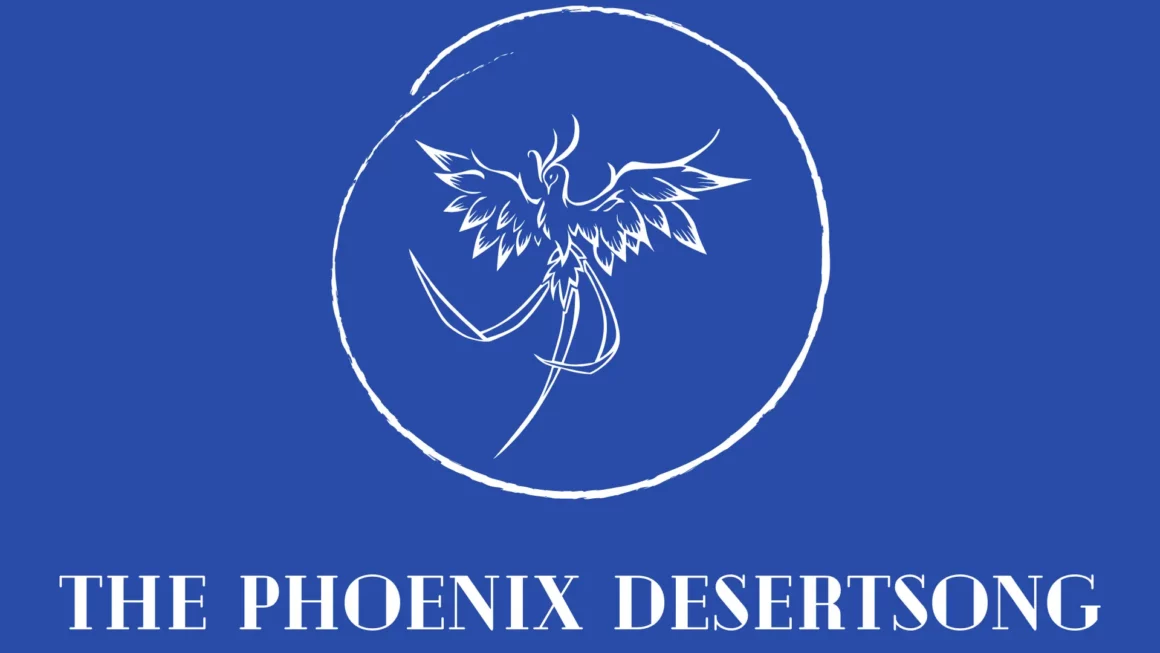Some time ago, I analyzed a quote by famous photographer Ansel Adams. Naturally, this means I needed to also discuss one of the most famous photography related sayings ever, “A picture is worth a thousand words.” Unlike some sayings, such as “set the bar,” which have a clear and specific origin point, the origins of this saying are somewhat more obscure. In fact, better understanding the origins and true meaning of the phrase requires a bit of a Wikipedia deep dive. In fact, it’s a sentiment echoed by quite a few historical figures.
The phrase as we know it began in a significantly different form, being a quote from Norwegian playwright Henrik Ibsen, in which he actually said, “A thousand words leave not the same deep impression as does a single deed.” While there are certainly similarities, it’s curious to me that this quote is considered the origins of our phrase. It’s only vaguely similar, even with a similar intent.
Far as Wikipedia is concerned, the first public appearances of the phrase “A picture is worth a thousand words” began around 1911. When covering a Syracuse Advertising Men’s Club banquet, famous US newspaper editor Arthur Brisbane reportedly remarked “Use a picture. It’s worth a thousand words.” Not long after this, the phrase began to appear in one form or another in advertising, even appearing in an advertisement of the San Antonio Light newspaper’s Pictorial Magazine of the War (this being World War I).
D.H. Hepting, PhD’s doctoral work clarifies a few more details. In 1921, advertising manager Fred R. Barnard turned the phrase into “A look is worth a thousand words.” But, this was more meant as advice to his staff to keep in mind while creating advertisements for the sides of streetcars. But, in March 1927, though, Barnard would evolve the phrase into “a picture is worth ten thousand words.” He’d attribute it to a Japanese philosopher, and later a Chinese proverb, so that people would take it more seriously.
Thanks to Barnard, this phrase soon became attributed to Confucius. Many would leave out “ten” when quoting it, therefore birthing the phrase as we know it today. This confusion isn’t entirely ridiculous. There’s a similar Chinese saying: “Hearing something one hundred times isn’t better than seeing it once.” Another similar saying is “One showing is worth a hundred sayings” by Alan Watts in “The Art of Zen.” Of course, these sayings are similar, but essentially mean very different things. So, whether Barnard was intentionally lying or not, it’s at least understandable why he’d provide such attributions, fictitious as they may be
Today, Barnard’s little white lie to turn his advertising advice into a Chinese proverb proved a genius move. After all, we’re still saying it now in the 21st century. It eventually became considered an American proverb, as collected in The Dictionary of American Proverbs.
Quote Investigator went into a bit more depth in July 2022. Their conclusion is that while Fred Barnard gets most of the credit for the phrase as it stands today, QI believes that Arthur Brisbane should still get most of the credit. Still, Quote Investigator uncovered even more similar sayings over the centuries including:
- “One timely deed is worth ten thousand words.” – James Thomson, 1750, from his play “Agamemnon”
- “One broad look is worth a thousand descriptions.” – Anonymous, 1828, published by Samuel Putnam in a collection called “Sequel to the Analytical Reader”
- “One fact, my dear madam, is worth ten thousand words.” – Henry Tudor, 1848, in “Domestic Memoirs of a Christian Family Resident in the County of Cumberland”
- “One ‘look’ is worth a thousand descriptions.” – Reverend Robert Maguire, 1876
The list of similar quotations continue into 1926. At this point, no one person can get credit. As I see it, Arthur Brisbane coined the phrase as we know it now, but he likely got the idea from elsewhere. Then, having fallen in love with the idea behind the phrase, Barnard did everything he could to immortalize it. Clearly, he succeeded.
Still, I’m not sure we can give anyone particular credit for creating the phrase. After all, none of this research helps us to explain what the heck the phrase actually means. The related phrases brought up in my research, while similar, don’t say the same thing at all.
In my mind, the phrase “a picture is worth a thousand words” is an idiom that sounds like it means more than it really does. If anything, Ibsen saying that a single deed is worth more than a thousand words has more in common with “actions speak louder than words” than anything to do with pictures.
All this research shows is that the deeper you go down a rabbit hole to discover the origins of a particular phrase, the more obscured the origins of the idea itself become. Sure, a picture can take the place of a lot of words, but this popular idiom is a massive oversimplification. It sounds more profound as a concept than it really is.
Words and pictures are two ways to communicate ideas. They don’t do this at all in the same way. Of course, you can combine the two and create movies or memes. But, there is no picture worth “a thousand words.” A picture is just a different way of saying something. Some pictures don’t tell any words at all, while others can explain what it would take thousands of words to approximate.
This phrase, to me, proves the limitation of words. But pictures have their limits too, as a picture is as much a human composition as any number of words. A picture is such a different medium than written or spoken language. Almost no one is going to come up with the exact same words for any picture, even if they give the same basic idea. For me, words are much more precise, at least when they’re carefully chosen. But, just like pictures, words beget other words once we decide to define a phrase for ourselves.
After all this consideration, I believe it should instead be said that a picture can speak the words we don’t know how best to choose. Or, perhaps better, a picture can speak what it needs to without the benefit of words. But, because these are much more complex and precise ways to look at this concept, they’ll never replace the simpler, enigmatic idea that a picture equals some broad denomination of words.
Do you think a picture is really worth something like a thousand words? Or like many idioms, is it just another saying that’s become too commonplace to even mean anything anymore?
~ Amelia Desertsong



